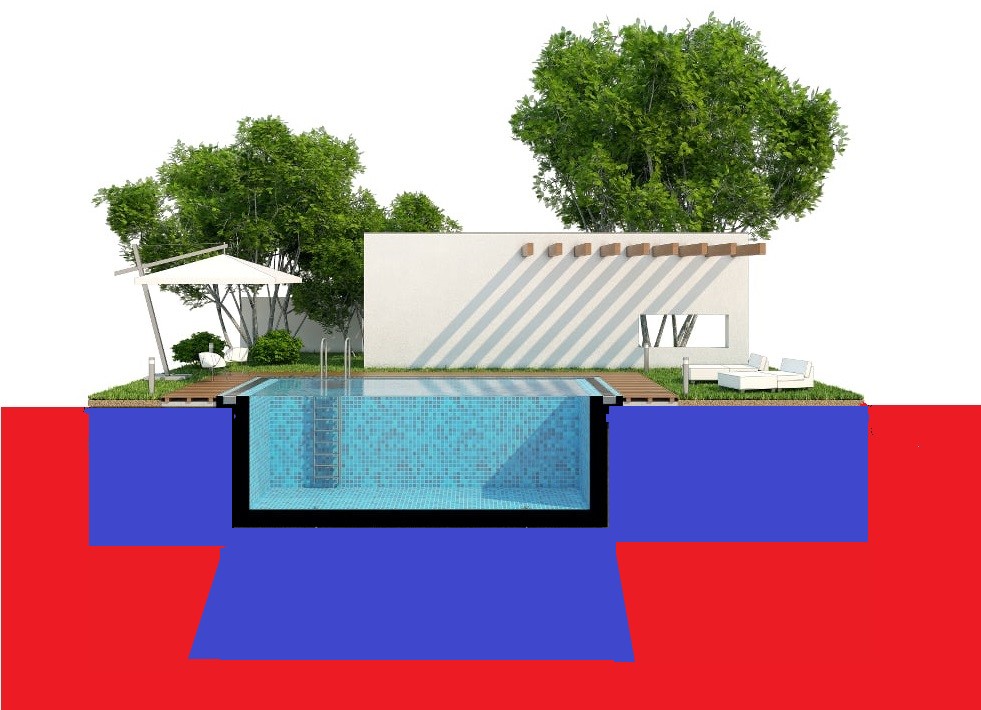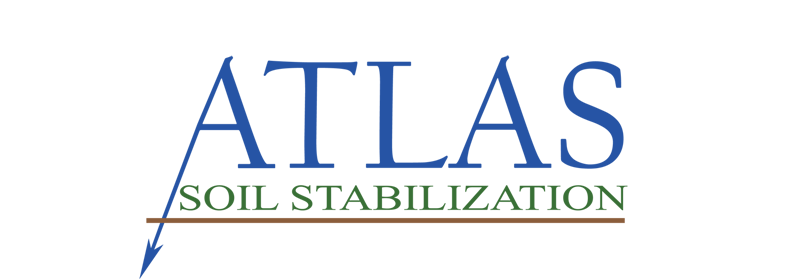Swimming Pool Stabilization
Swimming pools benefit significantly from chemical injections with the greatest success resulting when both the pool floor and decking areas are both injected. Swimming pool injections tend to be a more labor-intensive method of injection compared to larger foundation pad injections. The price per square foot is normally higher, but due to their much smaller size the costs associated with injecting swimming pools are still quite minimal.
On a typical swimming pool, the pool floor will be injected after the excavation is complete but before rebar or plumbing have been installed. (We do NOT inject swimming pools prior to excavation.) Chemical injections prior to the rebar installation will help prevent the rebar from becoming covered in mud and being sunk into the ground below by the injection crew. As long as the gunite has NOT yet been installed the pool floor can be injected regardless of whether or not rebar and plumbing have been installed. We do NOT inject the walls of the pool laterally (sideways). If the area around the pool (decking area) needs to be injected, we will return after the gunite has cured at least 7-10 days, usually after tile and coping have been finished but before the deck has been set. We cannot inject the decking once concrete has been poured without drilling holes in the concrete.
Chemical injections will leave the pool floor quite soft and muddy due to the volume of water that is required for a thorough injection. Most of the excess water will be pumped out of the swimming pool before the crew leaves the job. This will help prevent the sides of the swimming pool from collapsing to due softening caused by the injection water.
Decking injections (pool perimeter injections) are often recommended by engineers for the same reasons a foundation pad has a 5-foot perimeter injection. The understanding is that injecting the area around a swimming pool will help prevent the “active soils”, non-stabilized soils, around the pool from drawing or pulling water toward the pool. Non-stabilized clay soil has the ability to draw water from multiple feet away.
A typical pool and decking injection area will look like the blue areas in the cross section of the pool in the picture below. The red areas represent the clay soils that have not been injected and still have full swell potential.

Proper grading a drainage all around the pool is as equally crucial in helping to prevent the pool from moving as is the chemical injection. Together they are a very successful combination. The ground all around the pool must slope away from the pool or it must be covered in a hardscape such as concrete or pavers with surface drains or it must be sloped so that surface water is carried away from the pool. Chemical and water injections cannot control nor divert underground water. Underground water flow can cause deep soils to swell regardless of the chemical injection treatment.
If water is allowed to flow toward the pool, the clay soils in the red areas of the picture (which have not been injected) are highly likely to swell. Please see the Moisture maintenance Recommendations. Please see the Moisture maintenance Recommendations.
